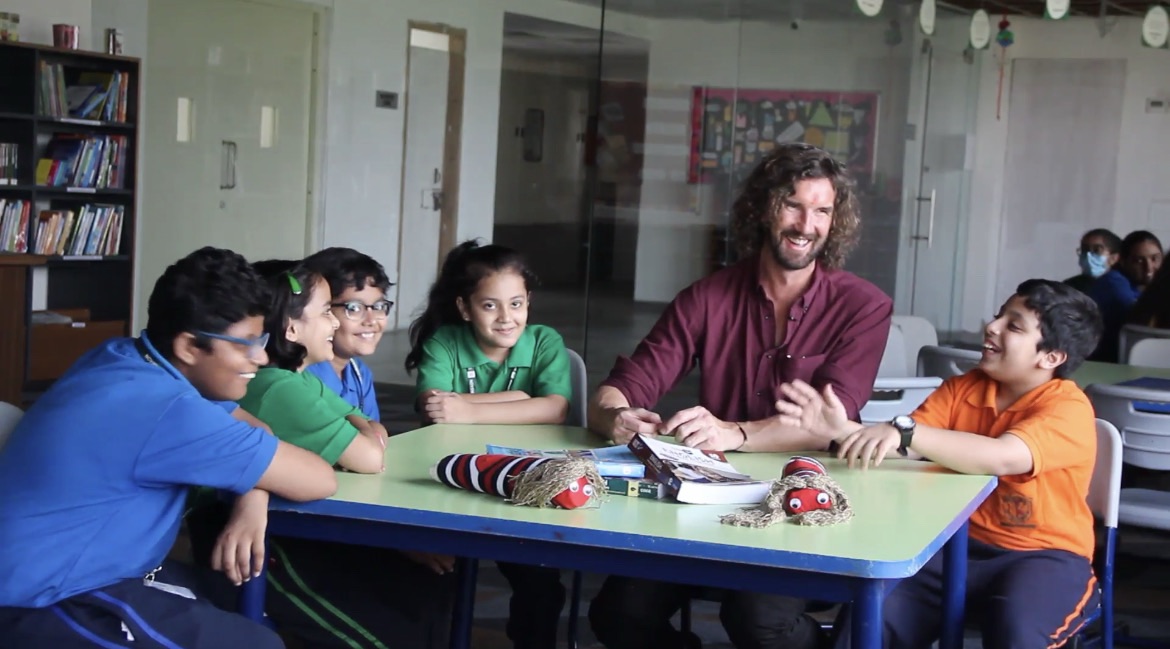As teachers, we understand the importance of creating a learning environment that promotes well-being, independence, and creativity. It’s crucial to regularly evaluate our classrooms and ensure that they are fostering these qualities in our students.
This A to Z guide provides a comprehensive framework for all teachers to assess their classroom environments and make adjustments as necessary to better support their students’ learning and development.

A is for Atmosphere: Create a warm and inviting atmosphere that fosters a love of learning.
B is for Boundaries: Set clear boundaries and expectations for behavior and respect.
C is for Creativity: Encourage creativity through open-ended activities and opportunities for self-expression.
D is for Discovery: Create opportunities for children to discover and explore the world around them.
E is for Environment: Design a physical environment that is orderly, beautiful, and functional.
F is for Freedom: Provide opportunities for freedom of choice and independence within a structured environment.
G is for Grace and Courtesy: Teach grace and courtesy to foster social skills and respect for others.
H is for Hands-On Learning: Emphasize hands-on learning experiences that engage all the senses.
I is for Independence: Encourage independence and self-motivation through age-appropriate tasks and responsibilities.
J is for Joy: Infuse joy and enthusiasm into learning experiences to cultivate a lifelong love of learning.
K is for Kindness: Model and encourage kindness and empathy towards others.
L is for Learning: Foster a lifelong love of learning through a child-centered approach.
M is for Montessori: Embrace the Montessori philosophy of child-led learning and respect for the child.
N is for Nature: Incorporate nature-based learning experiences to promote a connection with the natural world.
O is for Observation: Observe children closely to understand their needs, interests, and learning styles.
P is for Prepared Environment: Create a carefully prepared environment that supports independent learning and exploration.
Q is for Questioning: Encourage children to ask questions and explore their own ideas and interests.
R is for Respect: Model and teach respect for oneself, others, and the environment.
S is for Socialisation: Provide opportunities for socialization and cooperative learning experiences.
T is for Trust: Build trust with children through open communication, consistency, and respect for their individual needs.
U is for Understanding: Seek to understand each child as an individual with unique needs and interests.
V is for Variety: Offer a variety of learning experiences and materials to engage children and cater to different learning styles.
W is for Well-Being: Foster physical, emotional, and social well-being through a holistic approach to education.
X is for eXploration: Encourage exploration and experimentation to foster curiosity and a love of learning.
Y is for You: As the teacher, remember that you play a critical role in modelling the behaviour you wish to see in your children. What you are they will become!
Z is for Zen: Create a peaceful and calming environment that fosters concentration and mindfulness.
I hope that this guide assists all teachers in creating a supportive learning environment that promotes well-being, independence, and creativity is essential for the success of Montessori students.
By following this A to Z guide, teachers can evaluate their classrooms and make adjustments to ensure that they are providing the best possible learning experience for their students. With a focus on individual needs and interests, as well as the Montessori philosophy of child-led learning and respect for the child, we can create classrooms that foster a lifelong love of learning and support the growth and development of each student.








